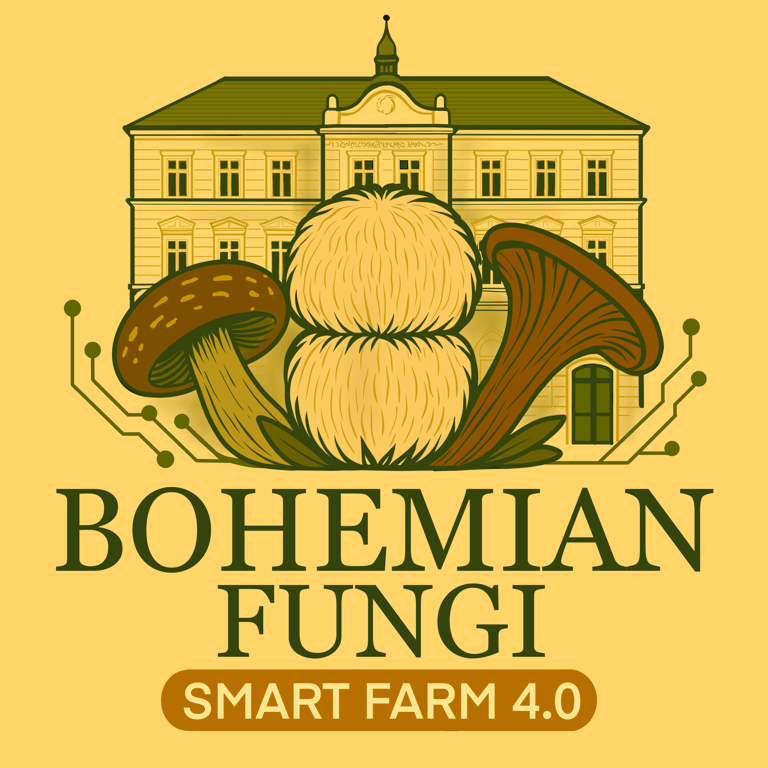Cloning Mushrooms in the Lab: Giving a Second Life to Gourmet Mushrooms
Learn how mushroom cloning preserves genetics and supports consistent oyster, shiitake & Lion’s mane harvests using lab techniques.
MYCOACADEMYMA - LAB
11/25/20251 min read
Why Clone Mushrooms?
In a professional mushroom farm, cloning provides a powerful way to preserve and propagate the desired genetics of a particularly good mushroom — whether it's flavor, size, yield, or disease resistance. By cloning, we create a genetically identical copy (“clone”) of a mushroom, ensuring that upcoming batches maintain the same high-quality traits.
How Cloning Works in the Lab
Selecting the Right Specimen
Choose a healthy, vigorous fruiting body, ideally one that exhibits desirable traits.
Split open the stem or cap carefully to access the inner tissue. This inner tissue is less exposed to contaminants and therefore ideal for cloning.
Transferring Tissue to Agar
Using a sterile scalpel or blade, excise a small piece (typically 2 × 2 mm or so) of the interior mushroom tissue.
Place it in the center of a Petri dish containing agar (e.g. MEA, PDA).
Seal the plate (e.g. with parafilm or tape) to limit contamination.
Incubation and Subculture
Incubate the plates in a warm, dark environment (many growers use ~24 °C).
Regularly inspect the growth. Healthy mycelium will appear fluffy and white; contaminated plates may show mold or bacteria.
Once growth is stable, subculture (“transfer”) mycelium to fresh agar plates to isolate clean sectors. This helps ensure that the clone is pure and healthy.
Scaling the Culture
After establishing a clean agar culture, you can transfer it to grain jars or liquid culture for expansion, then spawn substrate for fruiting.
This creates a stable “working stock” of your chosen strain for future production cycles.
Benefits of Cloning for a Mushroom Farm
Genetic consistency: Your next flushes will closely resemble the original specimen in performance and flavor.
Time-saving: Cloned mycelium often colonizes substrate faster than spores, since it bypasses germination.
Strain preservation: Rare or exceptional mushrooms can be preserved indefinitely in the lab.
Disease management: Starting from a clean, healthy clone reduces the risk of unwanted contaminants early in the process.
Challenges & Best Practices
Maintaining sterile technique is essential. Even a small lapse can introduce contamination.
It’s wise to make multiple clones from one mushroom. Sometimes not every tissue sample “takes,” so replicating increases your chances.
Label everything carefully — date, strain, source — so you always know what you’re working with.
If you are interested in learning more about our 4.0 Farm click here.
Here is a step by step guide to mushroom cloning by FungiApe.
